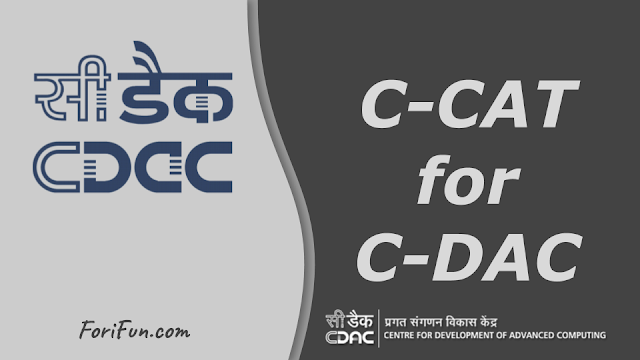c programming basic syntax
BASIC SYNTAX Tokens in C A C program consists of various tokens and a token is either a keyword, an identifier, a constant, a string literal, or a symbol. For example, the following C statement consists of five tokens: printf("Hello, World! \n"); The individual tokens are: printf ( "Hello, World! \n" ) ; Semicolons In a C program, the semicolon is a statement terminator. That is, each individual statement must be ended with a semicolon. It indicates the end of one logical entity. Given below are two different statements: printf("Hello, World! \n"); return 0; Comments Comments are like helping text in your C program and they are ignored by the compiler. They start with /* and terminate with the characters */ as shown below: /* my first program in C */ You cannot have comments within comments and they do not occur within a string or character literals. Identifiers A C iden...
